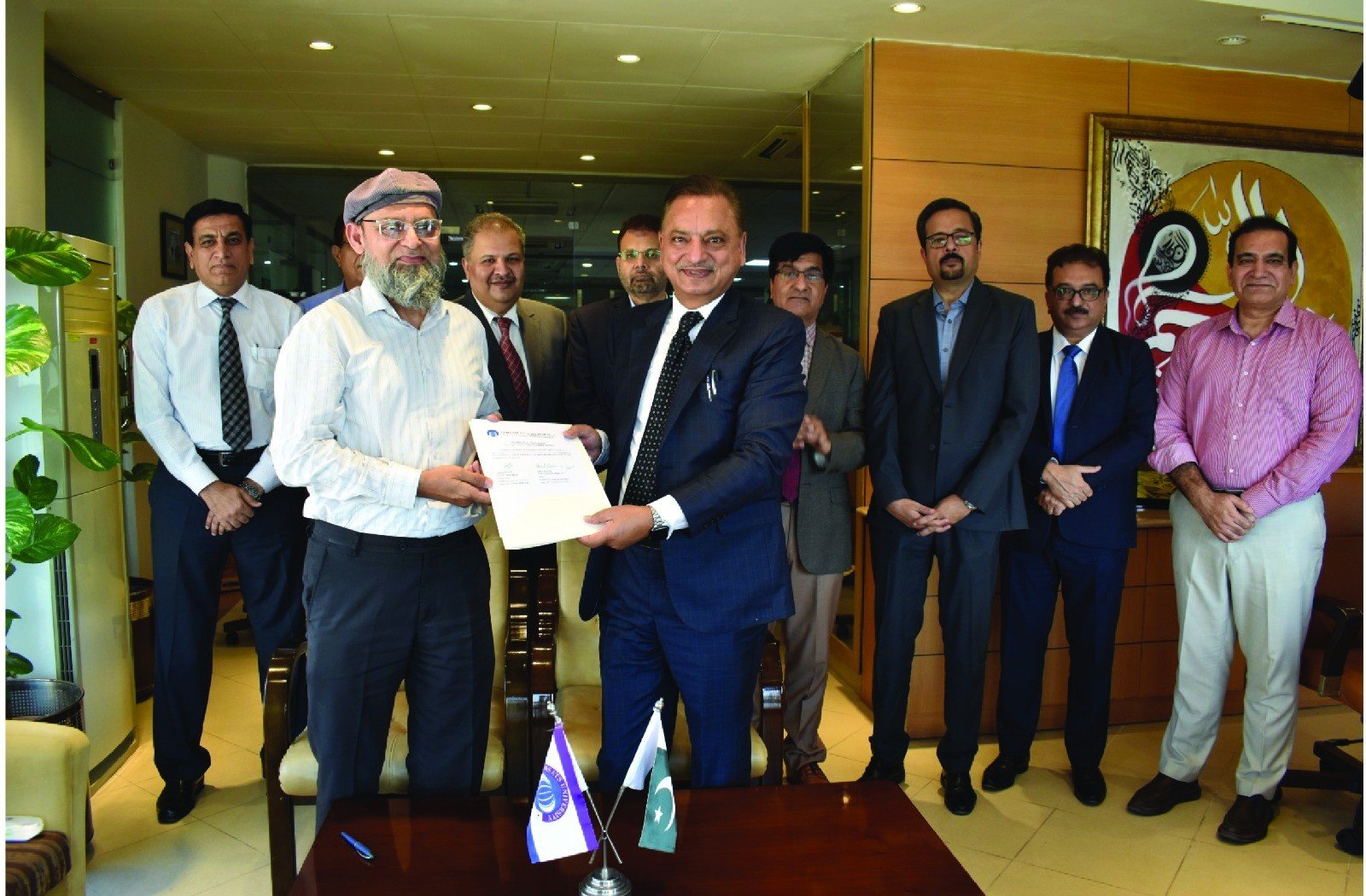As Pakistan confronts the growing challenges of the climate change, the significance of community-led adaptation has never been more obvious. While international deliberations and national policies fame the wider direction, it is usually at the community level where climate resilience is developed. The destructive floods of 2022 and the unending loop of drought and heatwaves have highlight that the communities, if they are empowered and equipped, are not only vulnerable victims but active agents of adaptation.
Community-led adaptation (CLA) points to locally purposeful strategies that make able the communities to assess its vulnerabilities, develop tailored solutions and execute measures that foster its resilience to climate shocks. These strategies are made on local knowledge, traditional practices, often proving more sustainable. In the dry terrain of the Tharparker, the locals have revived classic rainwater harvesting approaches, constructing underground tanks to store water during unpredictable monsoon seasons. These efforts have provided a buffer against drought, enhanced food security and decreased the seasonal migration.
Globally, the importance of CLA is likewise apparent. In Bangladesh, community-led mangrove rehabilitation projects have made natural challenges against the sea level rising and cyclones, which results in protecting vulnerable coastal populations. Similarly is the case of Kenya, where the rural communities have integrated sand dams and rain water acquiring systems, which made sure access to water amidst prolonged dry spells.
Despite these positive outcomes, the consolidation of CLA into formal policy approaches remains limited. Pakistan in its National Climate Change Policy acknowledge the role of locals, but the government falls short in offering deployed resources and institutional support for the local adaptation. This gap is revealed in the global adaptation indices.
Pakistan’ susceptibility and alertness in climate adaptation are boldly reflected in the global index scores. As per the Notre Dame Global Adaptation Initiative Country Index, Pakistan stands 149th globally having 40.3 score overall, vulnerability score is a t 0.501, while the readiness score is recorded at 0.37, which place the country among those nations most in need of urgent adaptation innovation and investment. This low rank placed Pakistan in the high vulnerability position making the country 47th most vulnerable country and the 151st most prepared country. The Germanwatch’ Climate Risk Index 2025 further underscores Pakistan’ risky position, placing it as the most vulnerable country to the climate change in 2022, mainly because of the catastrophic floods resulting in the displacement of over 33 million people and led to immense socio-economic losses.
The events over the past years have clearly exemplified the important role of the communities in climate response. During the devastating floods in 2022, it was the local volunteers and civil society groups usually led the prompt relief and evacuation operations, aid assistance and the restoration of essential services. Internationally, there is an expanding acknowledgment of this imbalance. At COP27, the Local Adaptation Champions Award honored organizations avant-grading CLA, while the UN and other major donors have also called for a greater slice of climate finance to be allocated directly to the local actors.
CLA also delivers additional advantages that stretch well beyond the climate change. By securing livelihoods, it leads to poverty reduction; by fostering sustainable agriculture, it enhance food security; while improving water management, it enhance health and well-being of individuals. The aforementioned outcomes shows the integration of adaptation with the wider SDGs.
Policymakers must align CLA into national policy, provide funds to locals to build local capacity. Technical support and shared communal knowledge can scale success. Acknowledging local mastery is key. CLA is not only adding value to national policy, but is also a precondition for resilience amid growing climate risks.
By: Zafar Ullah
(Student of MS Governance and Public Policy, Institute of Management Science, Peshawar)










